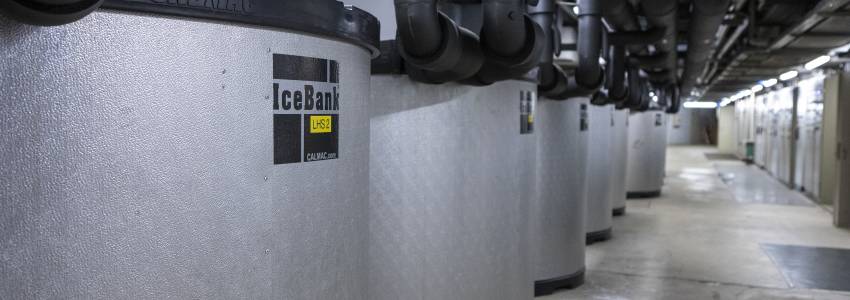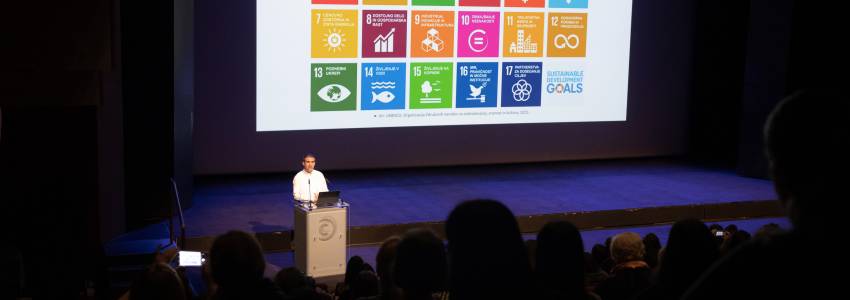LED Lighting
Annual electricity consumption for general and stage lighting has been reduced by about 40% over the past ten years, and the annual safety lighting electricity consumption has decreased tenfold. This has also been achieved by replacing incandescent bulbs with LED lights, where 90% of the energy used is converted to light and only 10% is lost as heat. LED lights are made of ecologically sound materials, and have a long life span of up to 50,000 hours, which means less waste. Using LED lights also reduces cooling cost as they generate very little heat, which creates a cooler environment and less electrical energy for air-conditioning.




